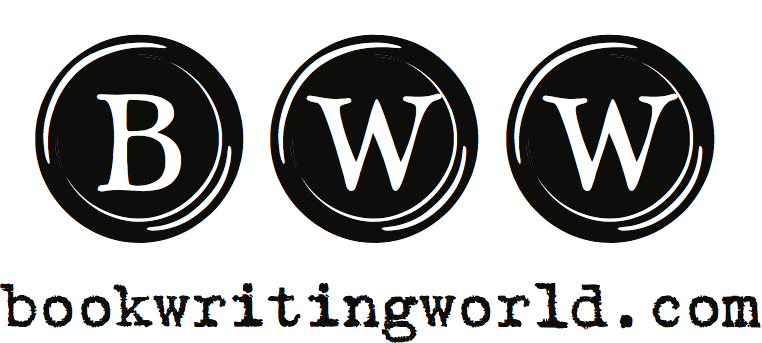[jwplayer config=”Internal” mediaid=”1559″]
Today we’re going to talk about character arc. Do you know something either about where your character starts out or where s/he ends up? Whether it’s the beginning or the ending that you have an inkling about, you can use this as a place from which to build your whole structure.
In novels and long narrative books, the main character changes. This is very important. Change is also central to other non-fiction; change is at the heart of story.
Very often, I think we are afraid to show change, afraid to commit to change, afraid to believe in change. We show someone who is a little bit happy, and then we let him get happier. We show someone disgruntled, and then we let her get downright angry. This is not change; it’s escalation.
Change is the move from one condition or emotion to something opposite of that. She starts off depressed and ends up elated. Change. He starts off calm, uninvolved, and ends up enraged. Change.
So look at what you know: either, where do you want your character to start out, or where do you want your character to end up. And then really go to the dramatic opposite of that place. There’s your arc. From what to what? From insecure to self-confident. From independent to dependent. From misanthropic to in love with the world (and probably, someone in particular). From a child to a woman or man. Well, you get the idea.
Examples of character arc:
In Shakespeare’s Romeo and Juliet, Romeo starts off having a melodramatic, youthful crush on Rosalind (not Juliet!), but he ends up taking love so seriously that he dies for it. Juliet goes from being an innocent young girl in the bosom of her family to a married woman who defies her family and also dies for love. Their families go from being committed enemies to being people burdened by the cost of the enmity and forcing themselves to overcome it.
In Michelle Richmond’s No One You Know, the protagonist/ narrator starts off being someone who can’t trust anyone, because of a family tragedy in her past and the consequences of her own trust in the wrong person. As a result of tracking down the truth of what happened and confronting her own wrongdoer, she evolves into someone who is able to let love (via that necessary ingredient, trust) into her life. She goes from being someone shaped by events she doesn’t understand to being someone who knows the truth.
In America, America, by Ethan Canin, the narrator/ protagonist goes from being an innocent, working-class boy to being a powerful newspaper editor, married into the upper echelons. He goes from being wide-eyed and loyal to questioning and betrayed. He goes from being a son to being a father.
In David Mamet’s handy how to book for aspiring directors, On Directing Film, the main character is, in essence, the reader: a filmmaker hopeful. The reader starts off being someone who doesn’t understand the fundamentals of screenwriting. As a result of studying what Mamet demonstrates and the scenes of dialog between Mamet and students, the reader evolves into someone who is planning a concrete film shoot. The students in the book are also examples of the main character: a filmmaker hopeful. We see them make the change from questioners to answerers.
What is a favorite book of yours? What is the character arc in it? (Where does the character start out compared to where he or she ends up? List all the ways.)

Recent Comments